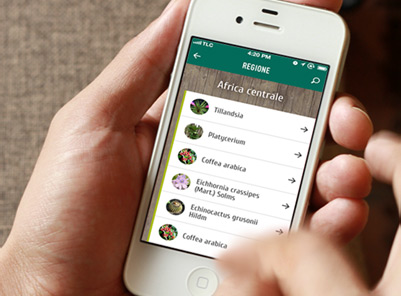Reperti di Anatomia Patologica
Teratologia
Polidattilia in mano e piede
Tre casi di esadattilia ulnare bilaterale in mano (due casi) e piede (un caso).
Iperdattilia o polidattilia (dal greco πολύς (polis), che significa "molti", e δάκτυλος (daktylos), che significa "dito"), è una malformazione degli arti, caratterizzata da dita soprannumerarie della mano o del piede. Come la sindattilia, la polidattilia è fenotipicamente variabile in termini dell'arto interessato (mano o piede), della sua gravità, della sua sindromicità o della mancanza di ulteriori condizioni sindromiche.
La polidattilia può essere ereditaria. Può anche essere ereditata insieme a ulteriori condizioni genetiche, come sindattilia, distrofia toracica asfissiante, sindrome di Carpenter, sindrome di Ellis-van Creveld (displasia condroectodermica), sindrome di Laurence-Moon-Biedl, sindrome di Rubinstein-Taybi, sindrome di Smith-Lemli-Opitz o trisomia 13.
La polidattilia può apparire come:
- piccolo accumulo di tessuto molle, senza ossa:
- dito parzialmente formato contenente alcune ossa ma senza articolazioni;
- dito perfettamente funzionante con tessuti, ossa e articolazioni.
Esistono tre tipi principali tra cui:
- Polidattilia ulnare: la forma più comune della condizione, in cui il dito extra si trova all'esterno del mignolo (lato ulnare). Quando questa forma della condizione colpisce le dita dei piedi, si chiama polidattilia fibulare.
- Polidattilia radiale: meno comune, che si verifica in 1 ogni 1.000 a 10.000 individui. Il dito extra si trova all'esterno del pollice (lato radiale). Quando questa forma della condizione colpisce le dita dei piedi, si chiama polidattilia tibiale.
- Polidattilia centrale: un raro tipo di polidattilia. Il dito extra è attaccato all'anulare, al medio o più spesso all'indice.
A volte, la polidattilia può essere diagnosticata durante i primi 3 mesi di gravidanza, utilizzando un'ecografia o una fetoscopia embrionale. Il trattamento dipende dal tipo di polidattilia e normalmente richiede un intervento chirurgico.
Polydactyly in hand and foot
Three cases of bilateral ulnar hexadactyly in the hand (two cases) and foot (one case).
Hyperdactyly or Polydactyly/polydactylism (from Greek πολύς (polys), meaning 'many', and δάκτυλος (daktylos), meaning 'finger'), is a limb malformation, characterized by supernumerary digits (ie, more than 5 digits per limb). Like syndactyly, polydactyly is phenotypically variable in terms of the limb affected (hand or foot), its severity, and its syndromicity or lack thereof.
Polydactyly may be hereditary. It may also be associated with a genetic condition or syndrome, which means it may be passed down along with a genetic condition, such as syndactyly, asphyxiating thoracic dystrophy, Carpenter syndrome, Ellis-van Creveld syndrome (chondroectodermal dysplasia), Laurence-Moon-Biedl syndrome, Rubinstein-Taybi syndrome, Smith-Lemli-Opitz syndrome or trisomy 13.
Polydactyly may appear:
- small, raised lump of soft tissue, containing no bones:
- partially formed finger or toe containing some bones but no joints;
- fully functioning finger or toe with tissues, bones, and joints.
There are three main types including:
- Ulnar polydactyly: the most common form of the condition, where the extra finger is on the outside of the little finger (ulnar side). When this form of the condition affects the toes, it is called fibular polydactyly.
- Radial polydacty: less common, occurring in 1 in every 1,000 to 10,000 live births. The extra finger is on the outside of the thumb (radial side). When this form of the condition affects the toes, it is called tibial polydactyly.
- Central polydactyly: a rare type of polydactyly. The extra finger is attached to the ring, middle, or most often index finger.
Sometimes, polydactyly may be diagnosed during the first 3 months of pregnancy, using an ultrasound or embryo fetoscopy. Treatment depends on which type of the condition a person has and normally it requires surgical intervention.
References:
Ahmed, H., Akbari, H., Emami, A., & Akbari, M. R. (2017). Genetic Overview of Syndactyly and Polydactyly. Plastic and reconstructive surgery. Global open, 5(11), e1549. https://doi.org/10.1097/GOX.0000000000001549


